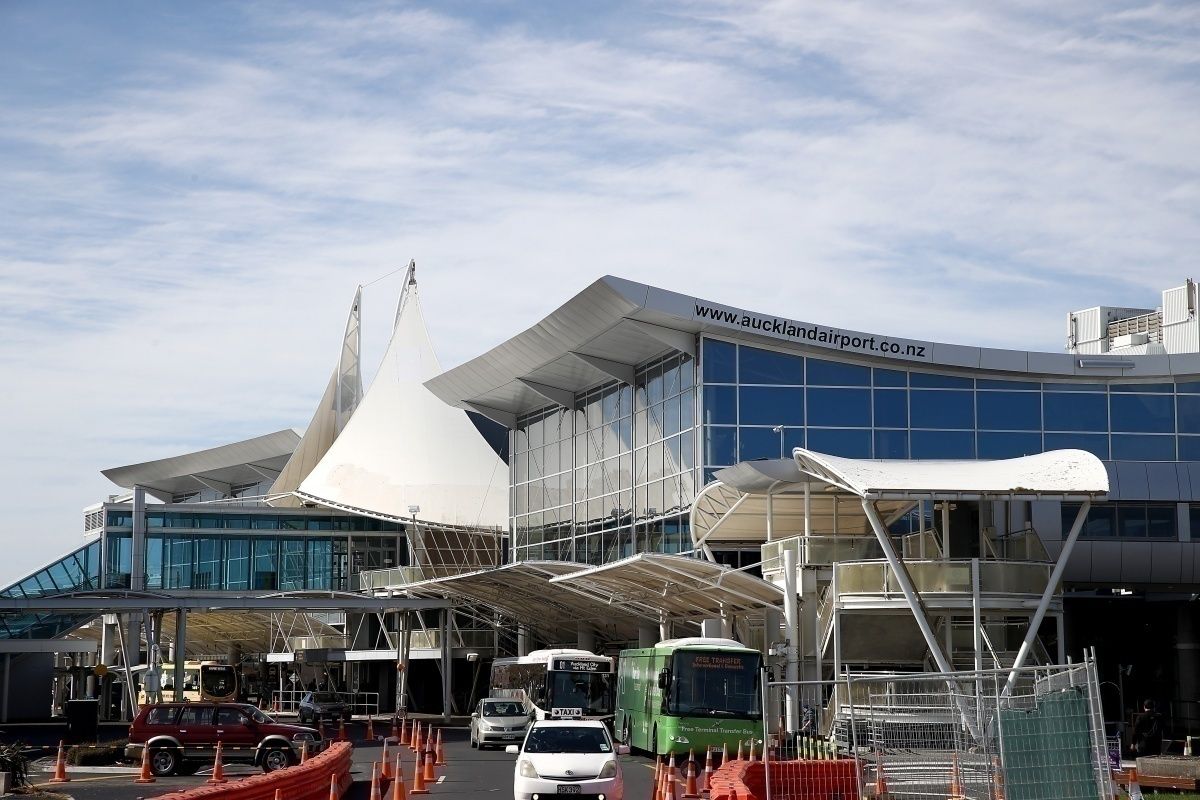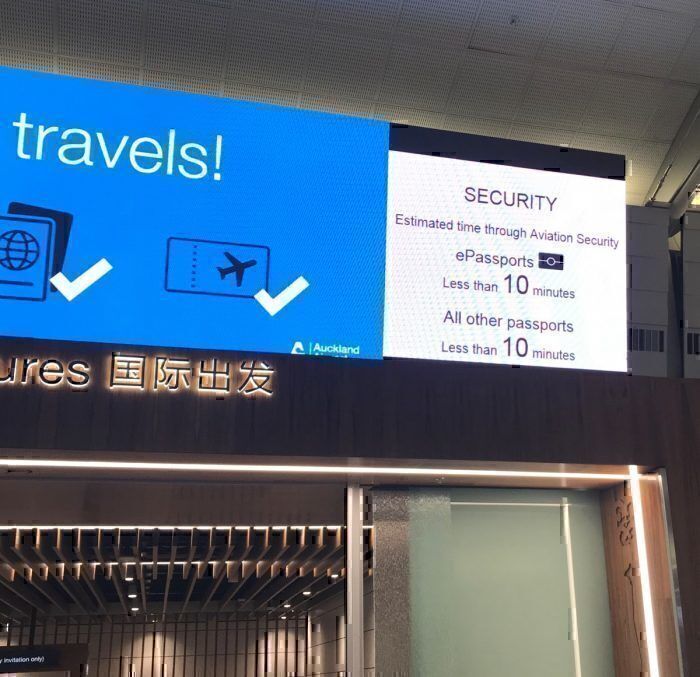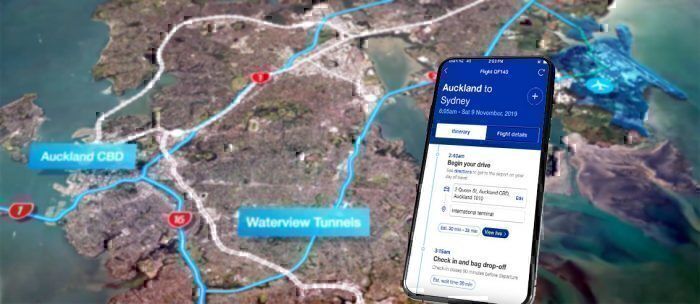According to a recent press release, Auckland International Airport is one of the fastest-growing airports in Australasia. This is in addition to being New Zealand’s largest and busiest airport with 21 million passengers in 2019. The airport has partnered with a company by the name of Veovo to implement some innovative technologies that will assist travelers in getting from home to their boarding gate with greater ease.
“Sharing data between multiple solutions provides a solution that no other product in the industry can currently reproduce – large-scale, seamless, door-to-door movement coordination between different modes of transport. And because it's not area-specific, it can be considered one of the first real, tangible steps to true multimodal transport management,” - Peter Knudsen, General Manager Veovo
More information, better decisions
Getting passengers from one airport to another with their baggage and all the necessary security checks is no easy task. Obviously, behind the scenes, there are numerous groups and teams working with each other to make your journey possible. This includes air traffic control, ground handlers, government agencies, and more.
Auckland Airport, along with many other airports around the world, is embracing a concept called Airport Collaborative Decision Making (A-CDM). This concept connects various parts of airport operations to real-time information that improves operational efficiencies.
Below is A-CDM explained using a Copenhagen Airport video:
Improving the turnaround process
Inside the Auckland's terminal, technologies have been installed to measure queue times and volumes, and movement patterns. Displayed in real-time, this data is analyzed in order to better allocate resources where they are needed the most. These resources might include resource planning and management to cope with expected busy periods, as well as live congestion-handling. Wait-time data is also displayed on screens at security checkpoints, helping manage expectations and reduce stress.
By allocating staff efficiently, there are fewer opportunities for bottlenecks and delays at various points throughout the airport experience. Therefore, with all passengers ready to board and baggage swiftly loaded into the aircraft hold, the chances an aircraft is stuck at the gate is decreased.
The company behind Auckland's transformation, Veovo, claims that the result of this A-CDM project has resulted in arriving flights spending less time waiting on the tarmac. The natural result of this is fuel savings for airlines and a reduced carbon footprint. Furthermore, for international flights, there is less congestion on the arrivals apron.
Looking at road traffic
The airport also realized that road and city traffic was a factor in getting passengers (as well as airport and airline employees) to the airport on time. Thus, it has engaged its partners to examine traffic flow between Auckland's central business district and the airport in order to detect drive time anomalies and assess when and how much to intervene with flight operations.
The airport team set an overall maximum target journey time of 30 minutes from joining the back of an airport-bound queue to arriving at the terminal. It hopes that with the availability of its new app, passengers will access personalized recommendations on when to leave home, head to security or move to the gate. This will also allow airport and airline employees to plan their journies to work more effectively.
The traffic flow insights assist the New Zealand Traffic Agency (NZTA) to make informed decisions to improve the journey. This includes planning road network maintenance and optimizing signal timing. In fact, with the new door-to-destination insight, the airport was able to reduce travel time to the terminal by 8 minutes.
The airport is reporting the following gains in efficiency due to the implemented technologies:
- 5% in international flights getting pushback within 60 seconds of request.
- 23% decrease in international apron congestion
- 2.3% increase in international departure performance
Conclusion
With forecasts predicting the airport’s throughput to at least double within the next 20 years, it is challenged to find efficient and cost-effective ways to expand operational capacity while ensuring shorter queues and a smooth journey for passengers throughout the process.
According to Veovo, Auckland Airport is the first in the world to examine end-to-end predictability from "door to departure". Other international airports such as Amsterdam Schiphol, Birmingham, Keflavik, Bristol and Billund are following suit.



